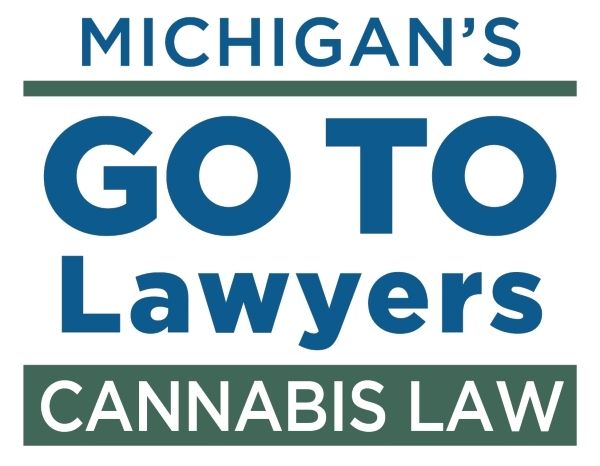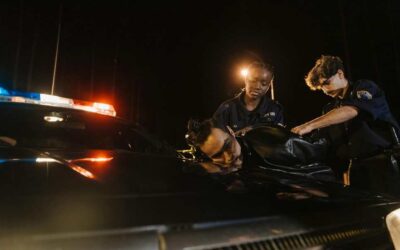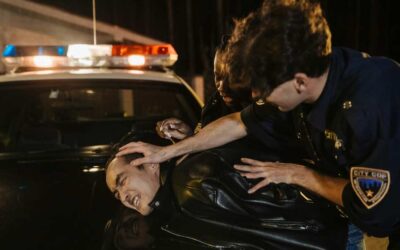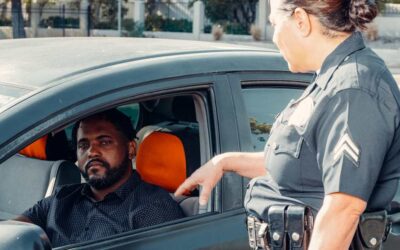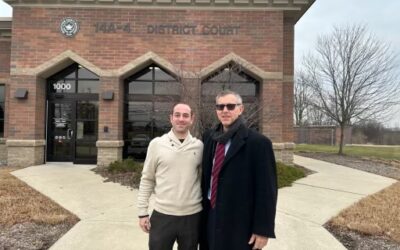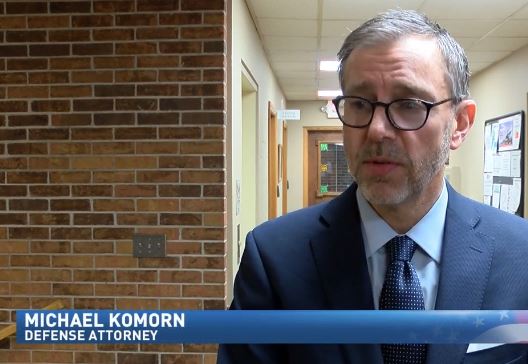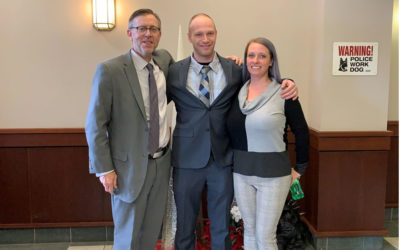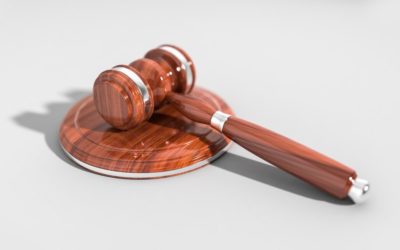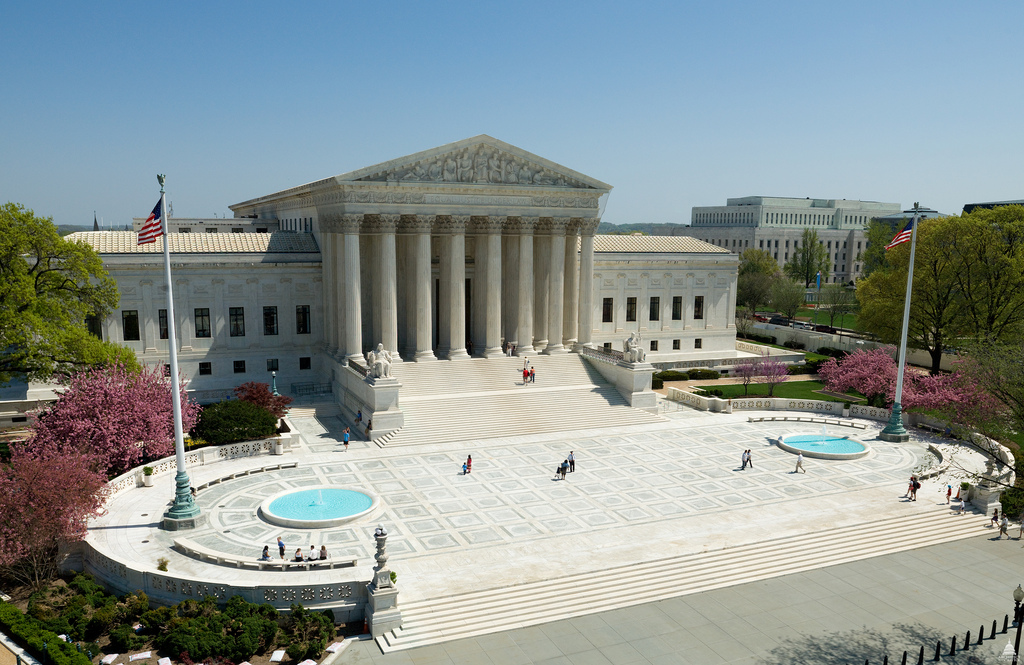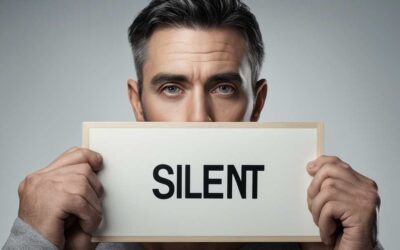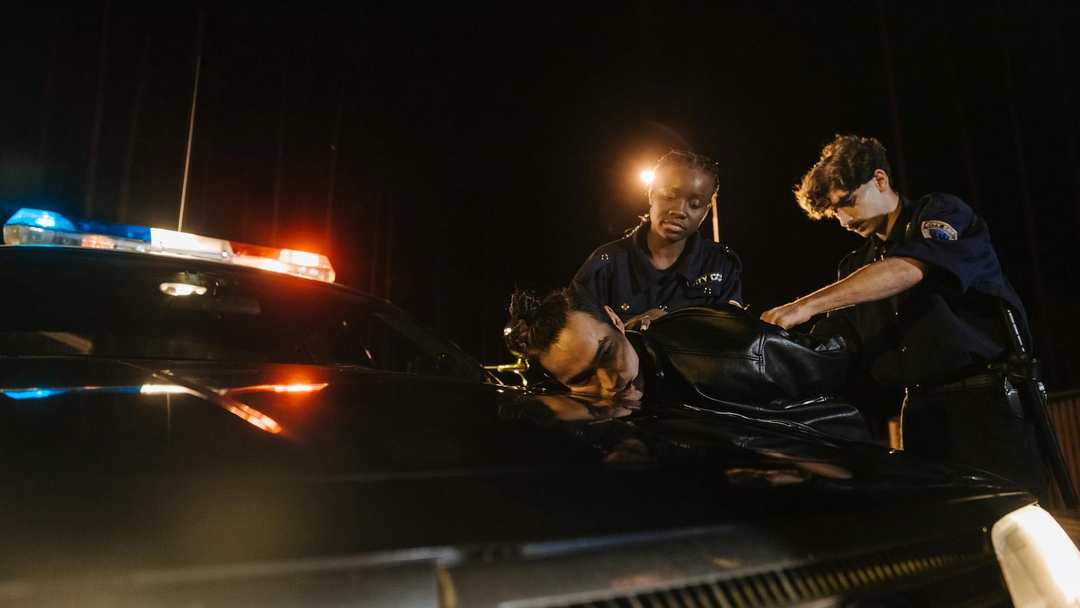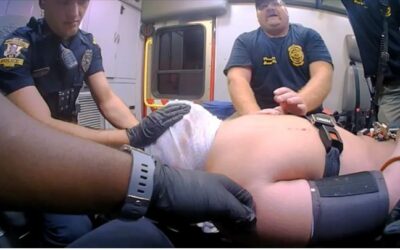What happened to the nuclear waste from the Manhattan Project? It's coming to Michigan so New York can be a cleaner place.August 2024, the U.S. Army Corps of Engineers is transporting nuclear waste from the Manhattan Project (Read it) to the Wayne Disposal facility in...

Nuclear waste headed to southeast Michigan landfill
What happened to the nuclear waste from the Manhattan Project? It’s coming to Michigan so New York can be a cleaner place.
August 2024, the U.S. Army Corps of Engineers is transporting nuclear waste from the Manhattan Project (Read it) to the Wayne Disposal facility in Belleville, Michigan near the PFAs river and the Van Buren Twp Park.
The waste consists of soil, concrete, and groundwater that are contaminated with low levels of radiation originating from the Niagara Falls Storage Site in Lewiston, New York, a location significant for its role in the development of the atomic bomb during World War II.
The waste is being relocated as part of a comprehensive remediation effort aimed at addressing decades of contamination that began in 1949 when the Army Corps discovered radioactive materials infiltrating the soil and groundwater.
Don’t worry that won’t happen here in Michigan.
Republic Services, a private waste management company owns the facility.
The transportation of waste will occur via 25 trucks weekly along public roads and highways beginning in August 2024 and will extend through January 2025.
The Wayne Disposal facility is the only landfill in Michigan licensed to accept hazardous and low-level radioactive waste. As usual we are told the waste complies with all local, state, and federal regulations and does not pose a significant risk to the public or the environment.
Also… The waste is exempt from federal radioactive material disposal requirements and contains concentrations that are lower than those permitted by its license.
Some residents and officials in Michigan have expressed opposition to the transport and disposal of the waste in their communities. Wayne County Executive Warren C. Evans says that Environmental Injustice in the area has led to higher rates of asthma, lung cancer, heart attacks, strokes, and other health issues, and that residents deserve better. Others, like LaSpada, say that
The Army Corps doesn’t notify communities along the route.
Wonder what MiChap thinks about it
Meanwhile Elsewhere in Michigan
Legal Counsel and Your Rights
When facing legal challenges, particularly in criminal cases, it is advisable to seek legal counsel immediately.
An experienced attorney can provide guidance on how to navigate interactions with law enforcement while safeguarding your constitutional rights.
Since 1993 our expert legal defense in navigating criminal law matters and protecting your constitutional rights are what we eat for breakfast everyday.
Contact Komorn Law PLLC if you’re ready to fight and win.
Research us and then call us.
More Rights You Should Know
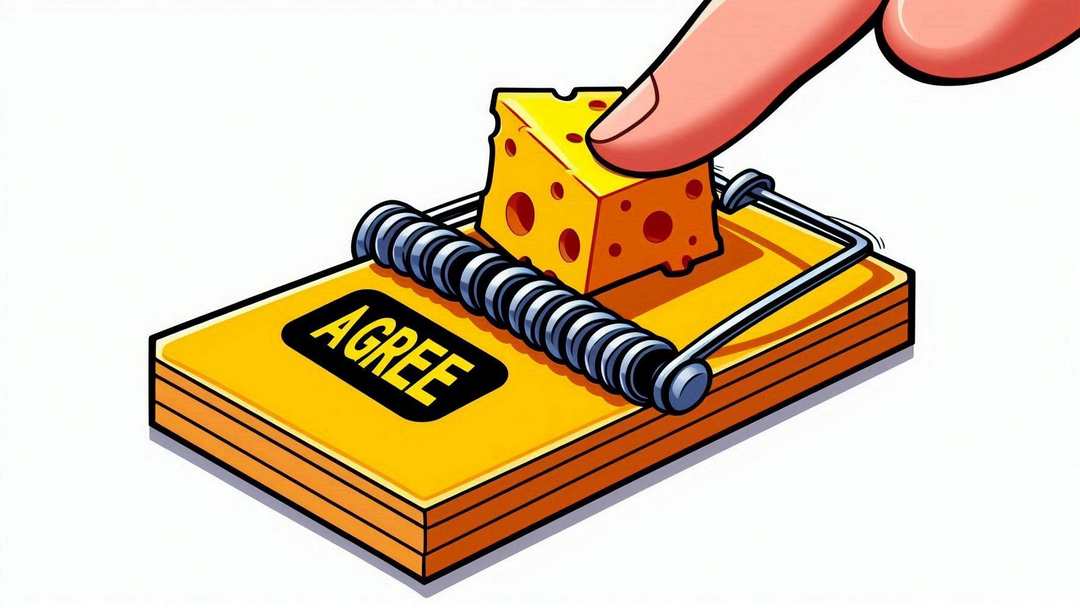




What could happen when you click the – I agree – box?
Wrongful death suit against Disney serves as a warning to consumers when clicking ‘I agree’A wrongful death lawsuit involving Walt Disney Parks and Resorts highlights the critical importance for consumers to meticulously review the fine print before registering for a...
Other Articles
Do the passengers in your vehicle have 4th Amendment Rights?
Do Passengers in your vehicle have 4th Amendment Rights against Search and Seizure?Passengers in a vehicle are afforded Fourth Amendment protections against unreasonable searches and seizures, though the scope of these rights varies based on the specific circumstances...
Obstruction and Resisting Arrest in Michigan
Stop resisting!Defending against resisting and obstruction arrest in Michigan is a serious matter and requires a well-prepared legal strategy. These are bonus charges you get if you don't comply like a limp biscuit. They will stay on your record and everytime you have...
Obstruction Laws in Michigan
Move along or you'll be arrested for Obstruction of "Justice".In Michigan, obstruction is a crime that involves interfering with law enforcement or other officials when they are trying to carry out their duties. Obstruction can cover a wide range of actions, including...
Defending against false accusations of Criminal Sexual Conduct
Defending against false accusations of Criminal Sexual Conduct (CSC) in MichiganDefending against a false accusation of Criminal Sexual Conduct (CSC) in Michigan is a serious matter and requires a well-prepared legal strategy. Here are several steps you should take to...
Can I sue for being falsely accused of Criminal Sexual Conduct
If you are innocent and falsely accused of Criminal Sexual Conduct (CSC) in Michigan can you sue?Yes, if you have been falsely accused of Criminal Sexual Conduct (CSC) in Michigan and can prove that the accusations were malicious or knowingly false, you may be able to...
Resisting Arrest in Michigan
Stop resisting! Stop resisting!In Michigan, resisting arrest is a serious crime. Under Michigan Compiled Law (MCL) 750.81d, it is illegal to resist or obstruct a police officer or any other law enforcement official when they are performing their duties. This law...
Probable Cause v Reasonable Suspicion
What's the difference between probable cause and reasonable suspicion?Definition of Probable Cause Probable cause refers to the belief held by a reasonable person that a crime is currently being committed, has already been committed, or is likely to be committed in...
False accusations of Criminal Sexual Conduct (CSC) in Michigan
False accusations of Criminal Sexual Conduct (CSC) are a serious.False accusations of Criminal Sexual Conduct (CSC) are a serious issue and can have devastating consequences for the accused. While it’s important to recognize that sexual assault is a significant...


